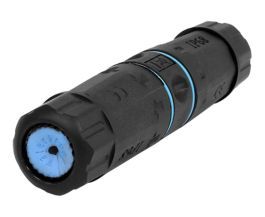I'm looking to move a couple of my POE cameras a couple meters. No more than 5 meters (15 feet) max each.
The longest run I want to extend is currently 30 meters (100 feet).
Would one female-to-female connector on each run negatively affect signal quality at all? There's no other cables closeby that would cause electrical interferance.
Cheers
The longest run I want to extend is currently 30 meters (100 feet).
Would one female-to-female connector on each run negatively affect signal quality at all? There's no other cables closeby that would cause electrical interferance.
Cheers






